Get our email updates
Stay up-to-date on the companies, people and issues that impact businesses in Syracuse, Central New York and beyond.
What's New
Upcoming Events
CNYBJ Job Board

CPC provides $4.5 million loan to redevelop former school in Syracuse’s Eastwood section
SYRACUSE, N.Y. — The Community Preservation Corporation (CPC) on Wednesday announced a $4.5 million construction loan for Skinner Properties for the redevelopment of the former

Annual Cortaca Jug football game returning to Yankee Stadium in 2026
CORTLAND, N.Y. — SUNY Cortland makes the short trip to Ithaca College for this Saturday’s annual football battle with the Cortaca Jug on the line

IKEA to hold Nov. 21 grand opening at Destiny USA
SYRACUSE, N.Y. — Home-furnishings retailer IKEA has set the grand opening of its store at Destiny USA in Syracuse for Nov. 21. Destiny USA had announced IKEA’s upcoming arrival back on July 8. The new store will bring “affordable, well-designed” home furnishings and a Swedish-inspired shopping experience, the company said in its announcement. “As we
Get Instant Access to This Article
Become a Central New York Business Journal subscriber and get immediate access to all of our subscriber-only content and much more.
- Critical Central New York business news and analysis updated daily.
- Immediate access to all subscriber-only content on our website.
- Get a year’s worth of the Print Edition of The Central New York Business Journal.
- Special Feature Publications such as the Book of Lists and Revitalize Greater Binghamton, Mohawk Valley, and Syracuse Magazines
Click here to purchase a paywall bypass link for this article.
SYRACUSE, N.Y. — Home-furnishings retailer IKEA has set the grand opening of its store at Destiny USA in Syracuse for Nov. 21.
Destiny USA had announced IKEA’s upcoming arrival back on July 8.
The new store will bring “affordable, well-designed” home furnishings and a Swedish-inspired shopping experience, the company said in its announcement.
“As we continue to grow in the U.S., we’re thrilled to bring the IKEA experience to the community in Central New York,” Javier Quiñones, CEO and chief sustainability officer of IKEA U.S., said. “IKEA Syracuse reflects our commitment to meeting customers where they are, and offering smart, affordable solutions that make everyday life better.”
Destiny USA says IKEA chose to open a location in the shopping center “because of the center’s exceptional accessibility, high traffic, and powerful regional draw.”
The 70,000-square-foot store features 3,000 products available for immediate takeaway, about 75 small-furniture items, and an IKEA Restaurant serving specialties such as Swedish meatballs.
“We’re excited to celebrate the opening of IKEA Syracuse with the Central New York community,” John Spence, unit manager at IKEA Syracuse, said in the announcement. “Whether you’re looking to furnish your first apartment, upgrade your kitchen or simply enjoy some Swedish meatballs, we can’t wait to welcome you to the IKEA family.”
The grand-opening event will begin at 9:45 a.m. on Nov. 21 and customers can begin lining up that morning at 7 a.m. Regular store hours will be Monday to Thursday from 11 a.m.-8 p.m., Friday and Saturday from 10 a.m.-9 p.m., and Sunday from 11 a.m.-6 p.m.
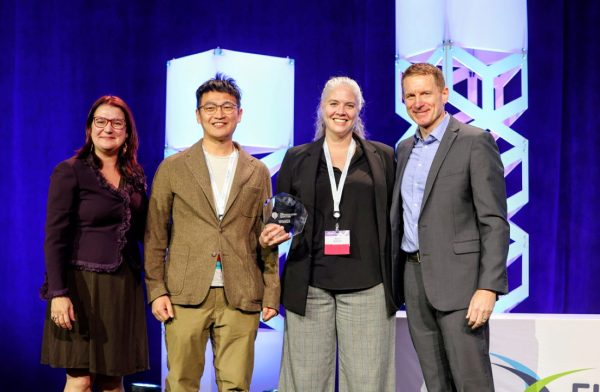
Ithaca–based startup wins grand prize in FuzeHub commercialization competition
ITHACA, N.Y. — A startup company based in Ithaca captured the $150,000 grand prize in FuzeHub’s 2025 commercialization competition, which was held as part of

SUNY unveils new military tuition rate for active service members
ALBANY, N.Y. — SUNY on Tuesday announced its military tuition rate program, a system-wide initiative that will ensure SUNY is “fully affordable” for active-duty service members, members of the National Guard, and members of the Reserves. The program aligns tuition with federal tuition benefits to expand access for those currently serving, SUNY said in its
Get Instant Access to This Article
Become a Central New York Business Journal subscriber and get immediate access to all of our subscriber-only content and much more.
- Critical Central New York business news and analysis updated daily.
- Immediate access to all subscriber-only content on our website.
- Get a year’s worth of the Print Edition of The Central New York Business Journal.
- Special Feature Publications such as the Book of Lists and Revitalize Greater Binghamton, Mohawk Valley, and Syracuse Magazines
Click here to purchase a paywall bypass link for this article.
ALBANY, N.Y. — SUNY on Tuesday announced its military tuition rate program, a system-wide initiative that will ensure SUNY is “fully affordable” for active-duty service members, members of the National Guard, and members of the Reserves.
The program aligns tuition with federal tuition benefits to expand access for those currently serving, SUNY said in its announcement.
This initiative ensures that those currently serving can pursue a SUNY undergraduate degree and micro credential programs in person or online without additional costs or barriers. The program addresses a “long-standing challenge” faced by active service members whose federal tuition assistance often falls short of full tuition at public universities, SUNY said.
“As part of SUNY’s ongoing efforts to honor the heroes who have answered the call to serve, we are taking action for those who currently serve today,” SUNY Chancellor John King, Jr. said in Tuesday’s announcement. “With the new military tuition rate, SUNY is removing barriers and making sure cost is never what stands between servicemembers and their education. On Veterans Day, and every day, SUNY is proud to support our veterans, active duty servicemembers, and military-connected students.”
The program will begin in the spring 2026 semester at select SUNY campuses, including
SUNY Oswego, Tompkins Cortland Community College, SUNY Oneonta, and SUNY Canton.
“SUNY’s new Military Tuition Rate is a powerful statement of our commitment to those who serve,” SUNY Oswego President Peter Nwosu said. “This initiative ensures that active-duty service members, National Guard, and Reserve members can pursue a SUNY education without being burdened by unmet tuition costs. It is a meaningful way to honor their service while expanding access to high-quality public higher education.”
The campuses also include Empire State University, SUNY Albany, the University at Buffalo, Alfred State College, SUNY Brockport, Clinton Community College, Columbia-Greene Community College, Dutchess Community College, SUNY Erie, SUNY Farmingdale State College, SUNY Geneseo, Monroe Community College, Nassau Community College, SUNY New Paltz, SUNY Old Westbury, SUNY Orange, SUNY Plattsburgh, Suffolk County Community College, and SUNY Ulster.
The program will extend to all SUNY campuses beginning in the fall 2026 semester.
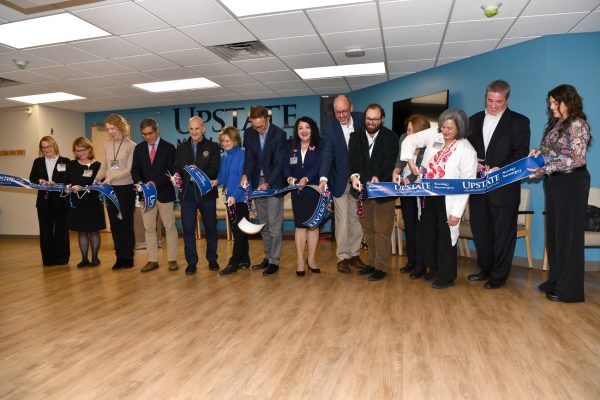
Upstate Medical University formally opens Upstate Neurological Institute
SYRACUSE, N.Y. — Upstate Medical University has formally opened its new Upstate Neurological Institute, which brings “all of its brain and nervous system experts together
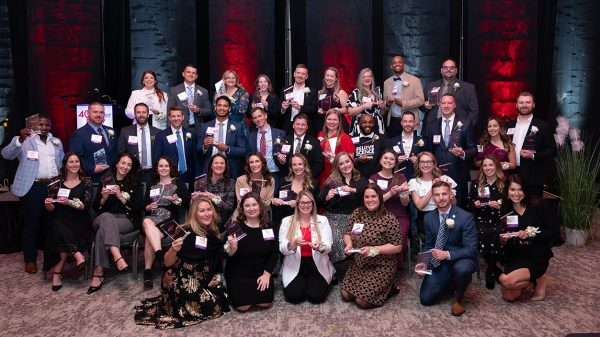
2025 40 under Forty Awards Event Gallery
View the photos from this year’s event, held on November 6 at the Oncenter. Congratulations to this year’s Honorees and thank you to our Sponsors!
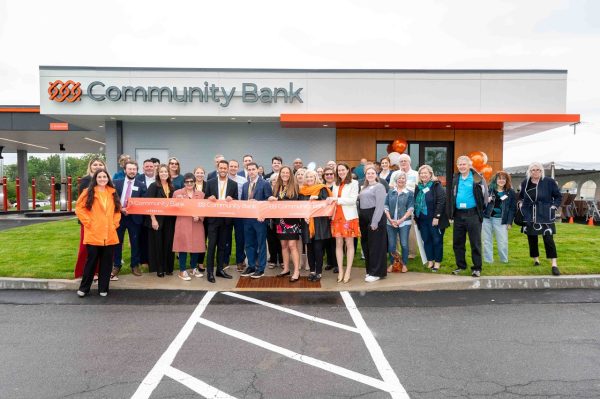
Community Bank completes acquisition of Pennsylvania bank branches in Allentown
DeWITT, N.Y. — Community Bank, N.A. on Monday said the bank has completed its acquisition of seven branch locations from Santander Bank, N.A. in the
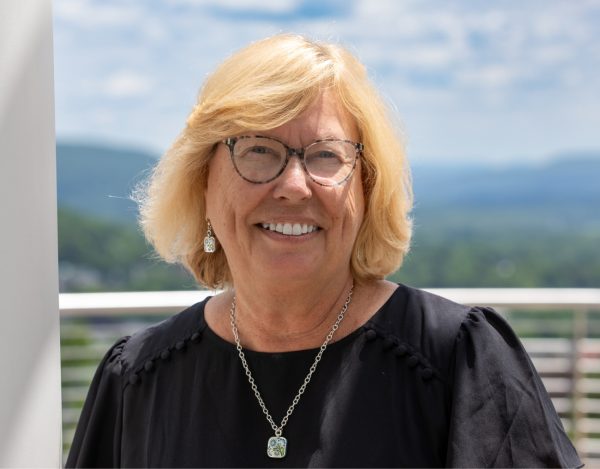
Hartwick College selects its next president
ONEONTA, N.Y. — The board of trustees of Hartwick College in Oneonta on Monday said it has chosen Laurel Bongiorno as its 13th president. Bongiorno currently serves as Hartwick’s VP for academic affairs and provost. She will assume the presidency on July 1, 2026. In her current role since 2022, Bongiorno has provided overall academic
Get Instant Access to This Article
Become a Central New York Business Journal subscriber and get immediate access to all of our subscriber-only content and much more.
- Critical Central New York business news and analysis updated daily.
- Immediate access to all subscriber-only content on our website.
- Get a year’s worth of the Print Edition of The Central New York Business Journal.
- Special Feature Publications such as the Book of Lists and Revitalize Greater Binghamton, Mohawk Valley, and Syracuse Magazines
Click here to purchase a paywall bypass link for this article.
ONEONTA, N.Y. — The board of trustees of Hartwick College in Oneonta on Monday said it has chosen Laurel Bongiorno as its 13th president.
Bongiorno currently serves as Hartwick’s VP for academic affairs and provost. She will assume the presidency on July 1, 2026.
In her current role since 2022, Bongiorno has provided overall academic leadership for Hartwick, working with the president, faculty, and senior leadership to advance institutional priorities, the college said.
Her portfolio includes the Office of Academic Affairs, the Stevens-German Library, the Student Success and Career Center, the Griffiths Center for Collaboration and Innovation, the Center for Global Education, the Pine Lake campus, the Office of Institutional Research and Effectiveness, the Office of the Registrar, and the Yager Museum of Art and Culture, per the Hartwick announcement.
“President-elect Bongiorno is an exceptional leader whose integrity and deep understanding of the Hartwick experience make her uniquely qualified to guide the College into its next chapter,” Kathy Fallon, chair of the Hartwick College board of trustees, said in the announcement. “She has been instrumental in strengthening our academic programs, enhancing student success and advancing the innovative Life Balance College model that defines Hartwick’s future. The board is confident that under her leadership, Hartwick will continue to thrive.”
Under Bongiorno’s leadership, Hartwick has launched eight new majors and six minors; restructured academic departments; and strengthened collaborative, data-informed planning across academic affairs.
She has also enhanced budget-stewardship practices, led college-wide efforts to improve student success and retention, and “fostered a culture of shared governance and transparency through the introduction of appreciative inquiry principles,” Hartwick said.
Before joining Hartwick, Bongiorno spent more than two decades at Champlain College in Burlington, Vermont, where she held key leadership roles, including dean of the Division of Education and Human Studies and dean of the Stiller School of Business.

Rochester accounting firm with Ithaca office acquires another Rochester firm
ROCHESTER, N.Y. — Insero Advisors, LLC, a Rochester–based provider of accounting, tax, and advisory services, has acquired DeMott & Smith CPAs, also of Rochester, which
Get our email updates
Stay up-to-date on the companies, people and issues that impact businesses in Syracuse, Central New York and beyond.
